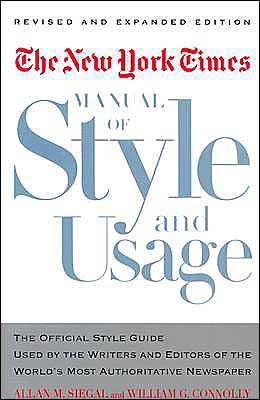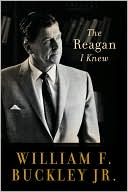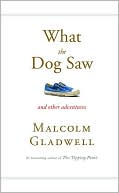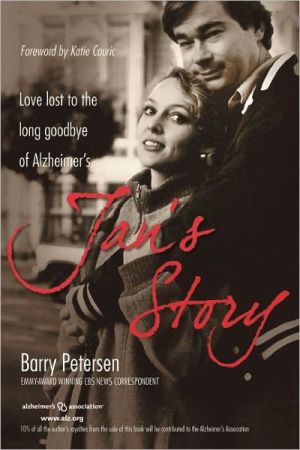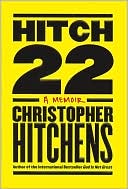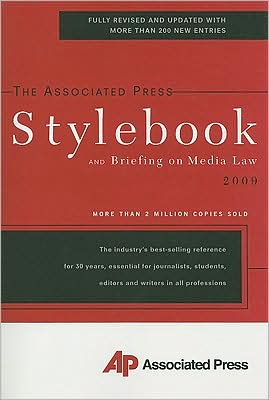The New York Times Manual of Style and Usage, Revised and Expanded Edition
Is the deejay a wannabe?\ Or does the D.J. just want to be?\ When is heaven capitalized?\ Do you stand in line or on line?\ For anyone who writes—short stories or business plans, book reports or news articles—knotty choices of spelling, grammar, punctuation, and meaning lurk in every line: Lay or lie? Who or whom? None is or none are? Is Touch-Tone a trademark? How about Day-Glo? It’s enough to send you in search of a Martini. (Or is that a martini?) Now everyone can find answers to these and...
Search in google:
Is the deejay a wannabe? Or does the D.J. Library Journal This is an updated version of the style guide used by the writers and editors of the New York Times. (The last edition came out in 1982.) Aimed primarily at newspaper writers, it is written in dictionary format and covers a very broad range of style and usage topics, including abbreviations, city names, capitalizations, compound forms, numbers, and updated language preferences. It also includes special style changes and exceptions for headline writers. Everyone who wants to write for a newspaper will want this book, as its approach is fairly universal. It will also answer many reference questions and is fun to browse. Recommended for public and academic libraries.--Lisa J. Cihlar, Monroe P.L., WI Copyright 1999 Cahners Business Information.
\ From Barnes & NobleThis style guide from the newspaper of record gives invaluable guidelines on common quandries (who or whom?) as well as grappling with new style issues arising from the Internet age.\ \ \ \ \ Library JournalThis is an updated version of the style guide used by the writers and editors of the New York Times. (The last edition came out in 1982.) Aimed primarily at newspaper writers, it is written in dictionary format and covers a very broad range of style and usage topics, including abbreviations, city names, capitalizations, compound forms, numbers, and updated language preferences. It also includes special style changes and exceptions for headline writers. Everyone who wants to write for a newspaper will want this book, as its approach is fairly universal. It will also answer many reference questions and is fun to browse. Recommended for public and academic libraries.--Lisa J. Cihlar, Monroe P.L., WI Copyright 1999 Cahners Business Information.\ \
